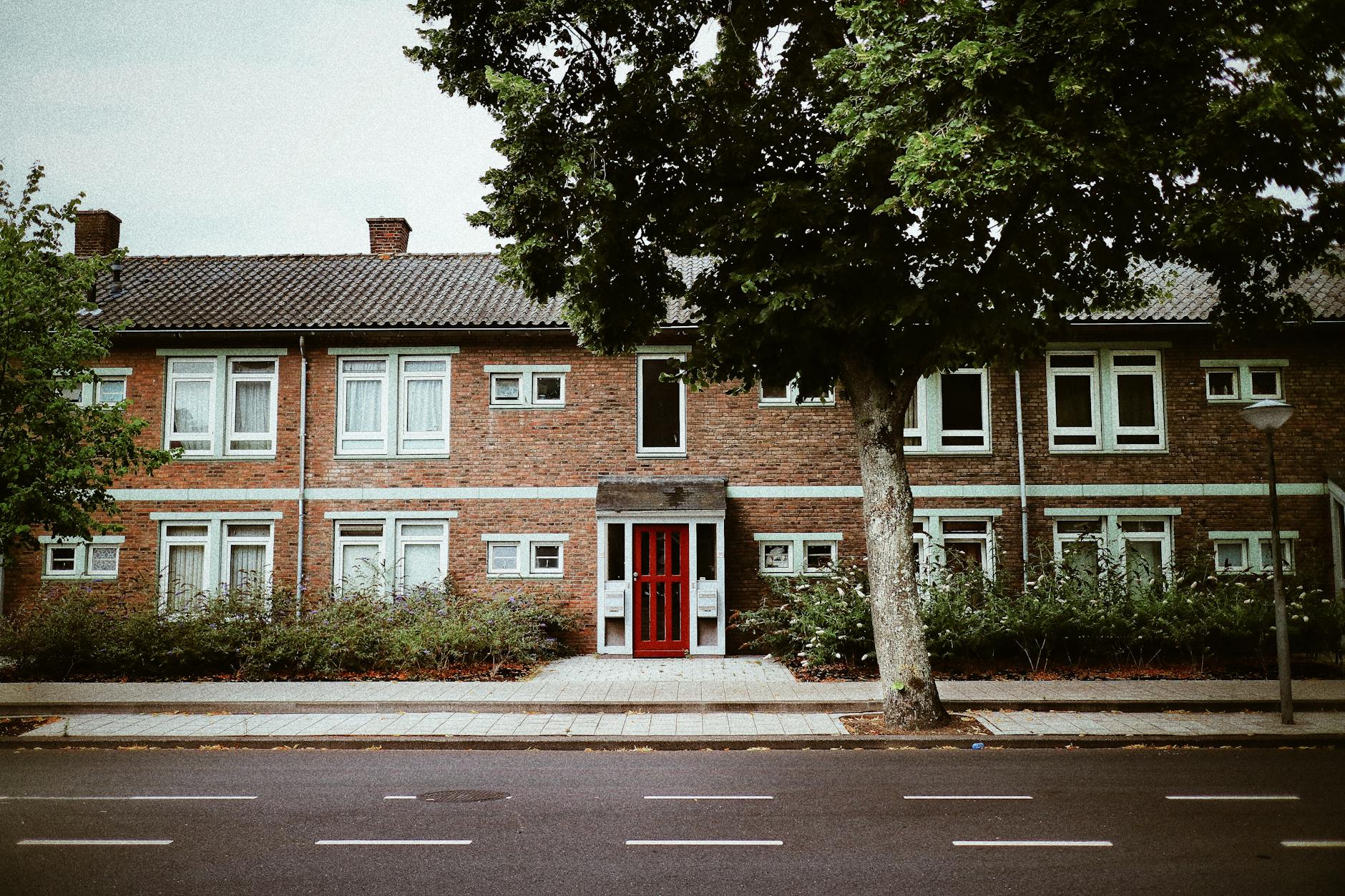How You Can Qualify for a Reverse Mortgage
AD| Everyone looks forward to that moment when they can quit their 9 to 5 jobs and focus on other adventures or endeavours. However, this is a dreadful moment for some individuals as well, as they have nothing to fall back on when the pay checks stop rolling in. If you have multiple income streams to cater to your post-retirement needs, then you are on the right path to living your dreams after retirement, or else, you may have come up with ways to generate income. Traditional loans may look ideal, but they put you on the spot in the long run. However, there is one that gives you financial security with less risk – a reverse mortgage.
Introducing Reverse Mortgages
A traditional loan provides you with the money you need to meet specific needs. However, please don’t get caught up as it comes with its downsides. First off, there is an agreement between you and your lender in which you must meet a defined monthly payment plan. Failure to do that may cost you your credit score or, worse, your home; this is the last thing you want as a retiree.
On the other hand, a reverse mortgage puts money in your pocket. So, instead of paying your lender, it is the other way around. Your lender pays you while you keep the title to your home. And guess what? You get to choose what means through which you can receive your reverse mortgage funds. But how can you access this loan? Let’s find out.
Processing a Reverse Mortgage
The first condition that comes into play when procuring a reverse mortgage is the borrower’s age. You must be at least 62 years. For this reason, it is called a retirement loan. Another factor to consider is your home; this should be your primary, permanent residence. Kindly note that vacation homes or rental apartments do not count. Once these two conditions are in place, your lender will consider your creditworthiness using a reverse mortgage calculator. This estimation tool determines your capability to take care of the home.
But that’s not all. Your lender will factor in your home equity, still using the reverse mortgage calculator capabilities. In this case, your home’s age, location, condition, market value, and interest rate come into play. According to federal law, you can take out up to 60% of your home equity, as there are other costs to cover, including current mortgage (if any) and closing fees.
Receiving Your Reverse Mortgage Funds
You can set up your reverse mortgage cash in any of the three options. One way to do so is by receiving it in monthly payments; this works well for those with monthly budgets that need settling. You can consider it as your post-retirement income. This monthly income will run until there’s nothing left in your balance. Another option is to set your funds as a credit line; this works like a credit facility where you can borrow money at any time. However, bear in mind that there is a limit to the amount you can take.
Finally, if you have several bills to take care of at once, it will be ideal to receive your payment as a lump sum. Some may decide to set up their payment plan using all these options









0 comments